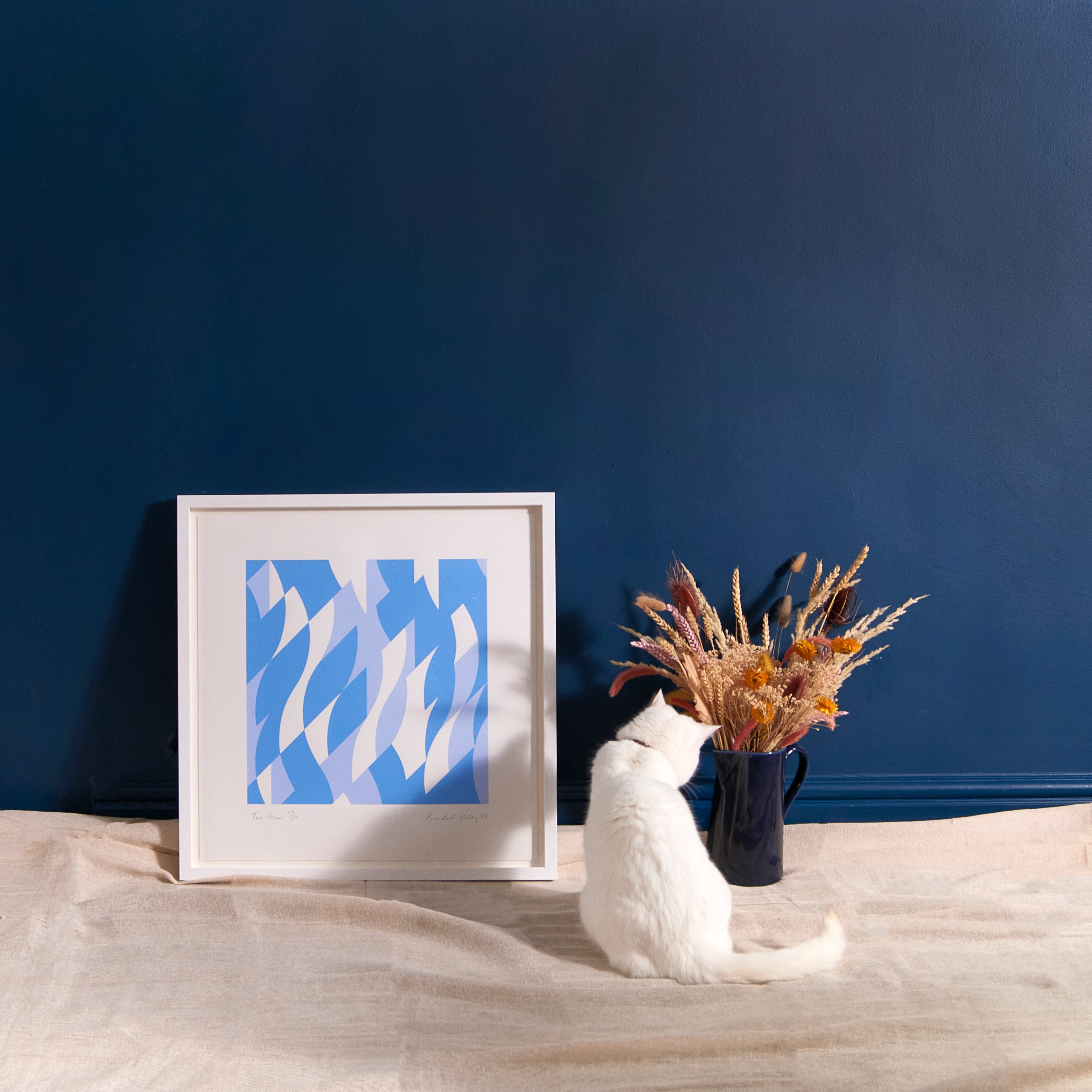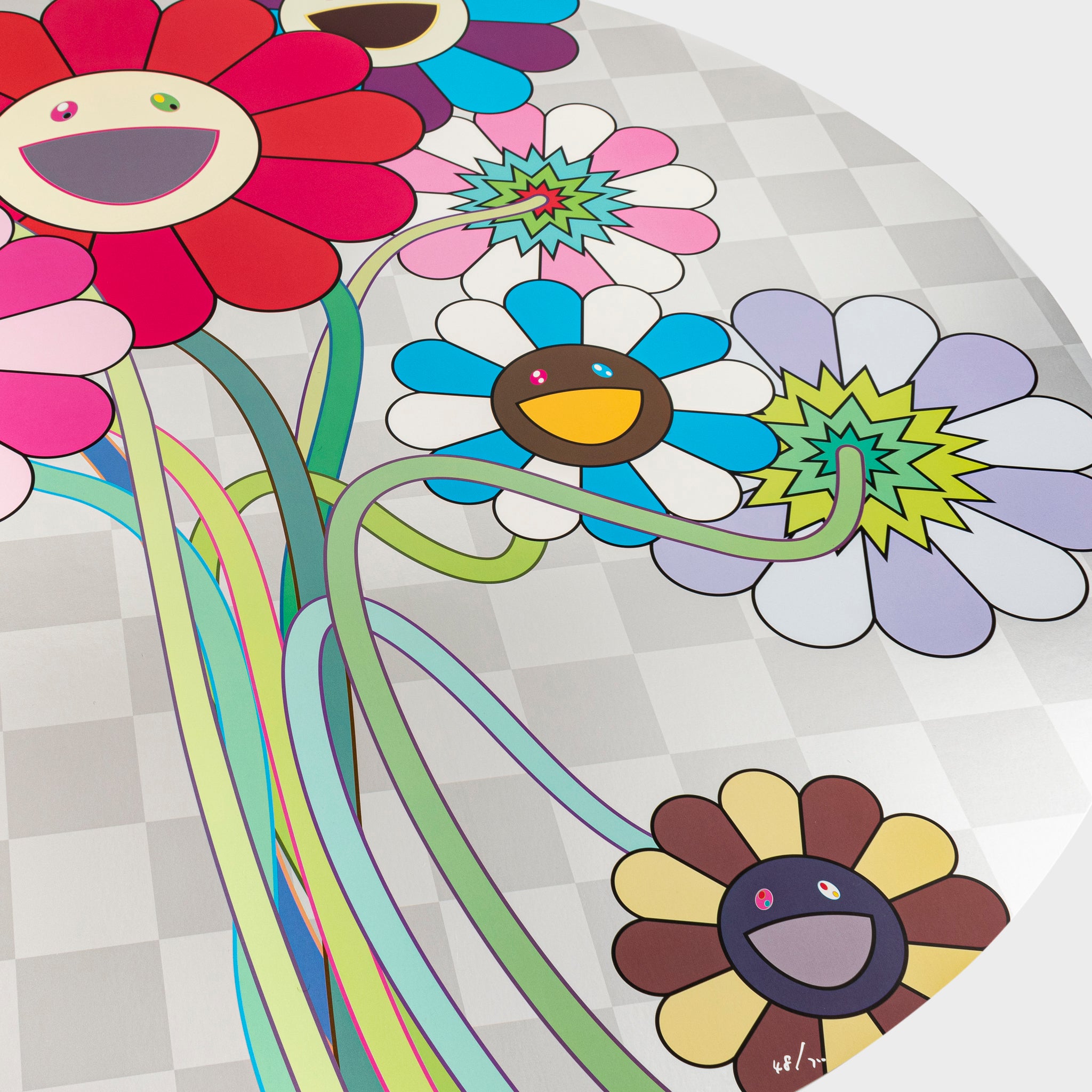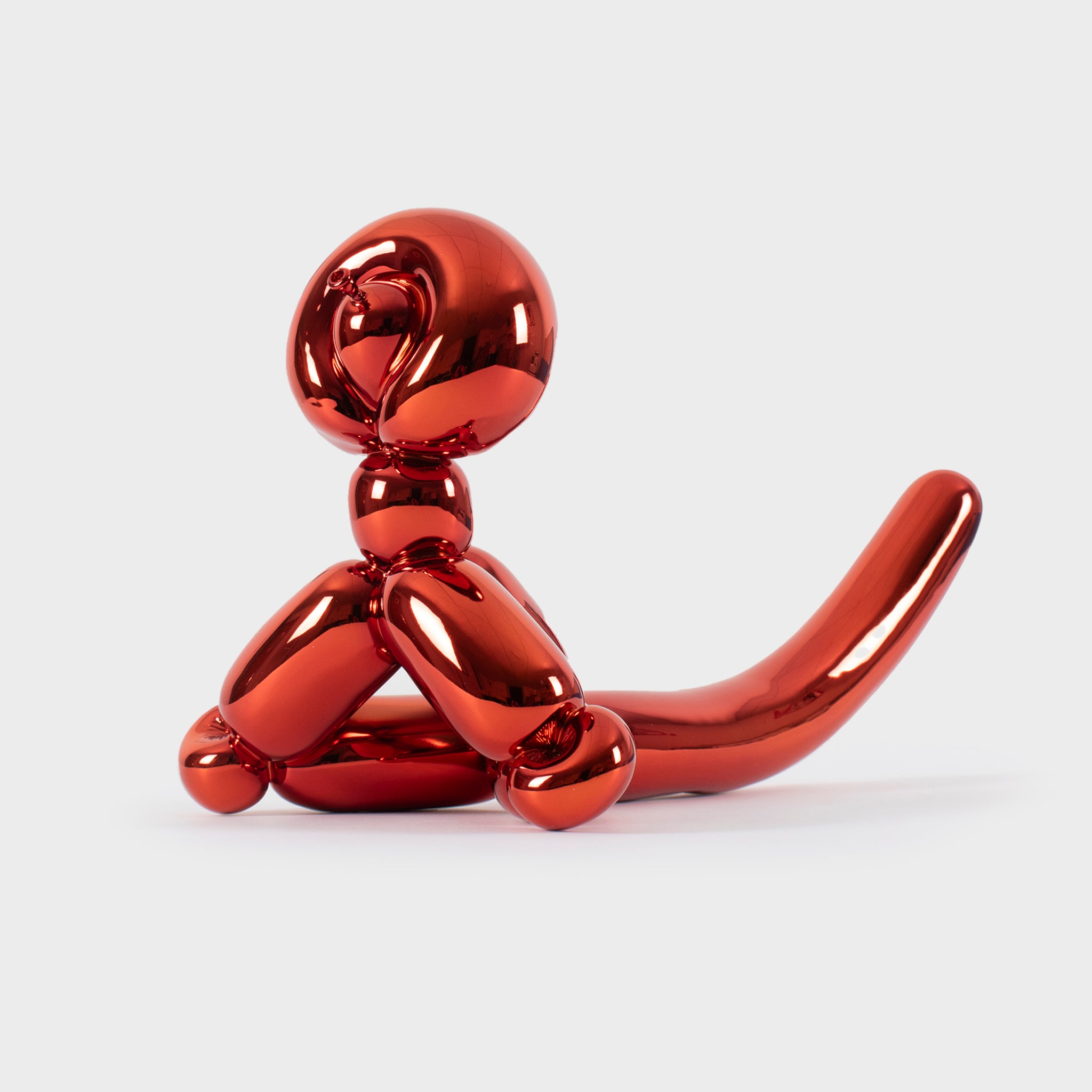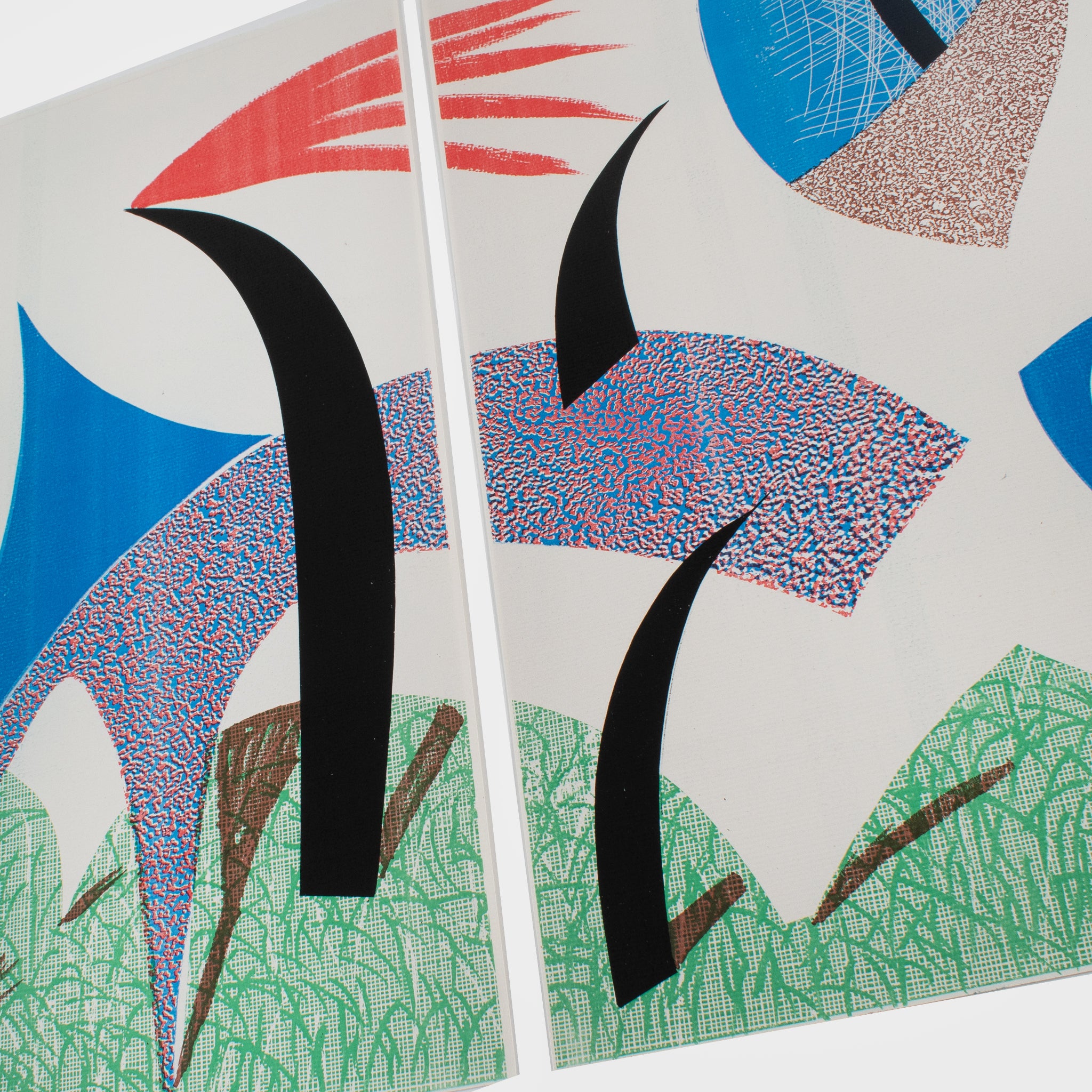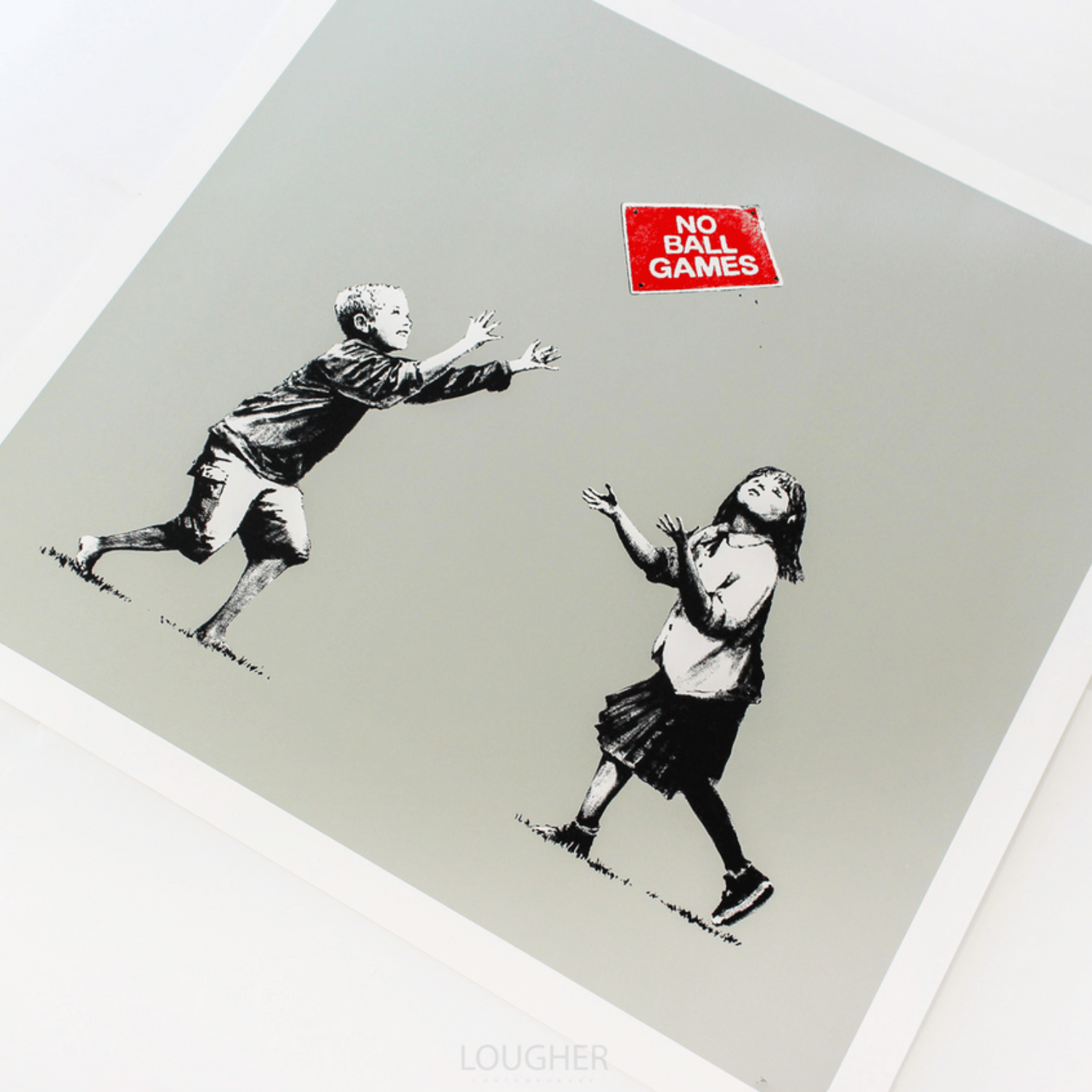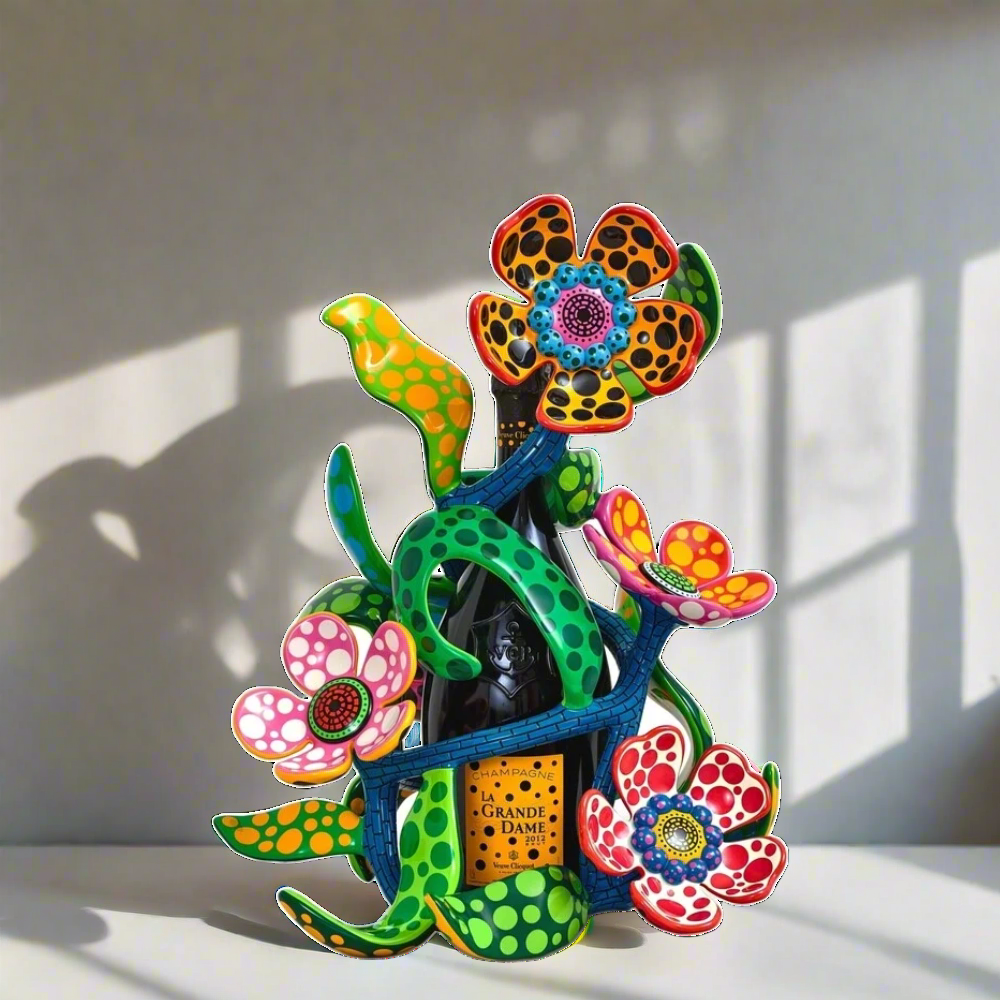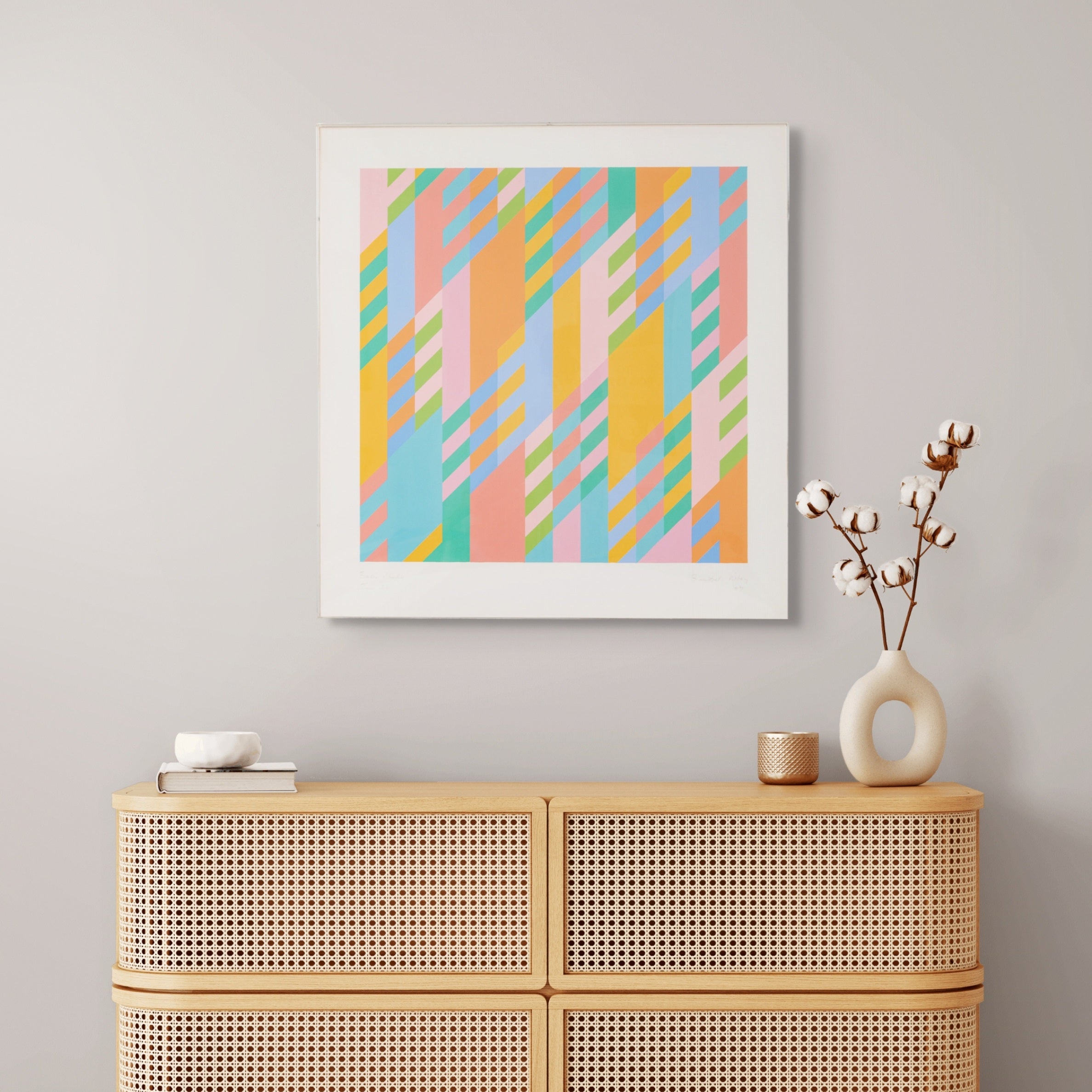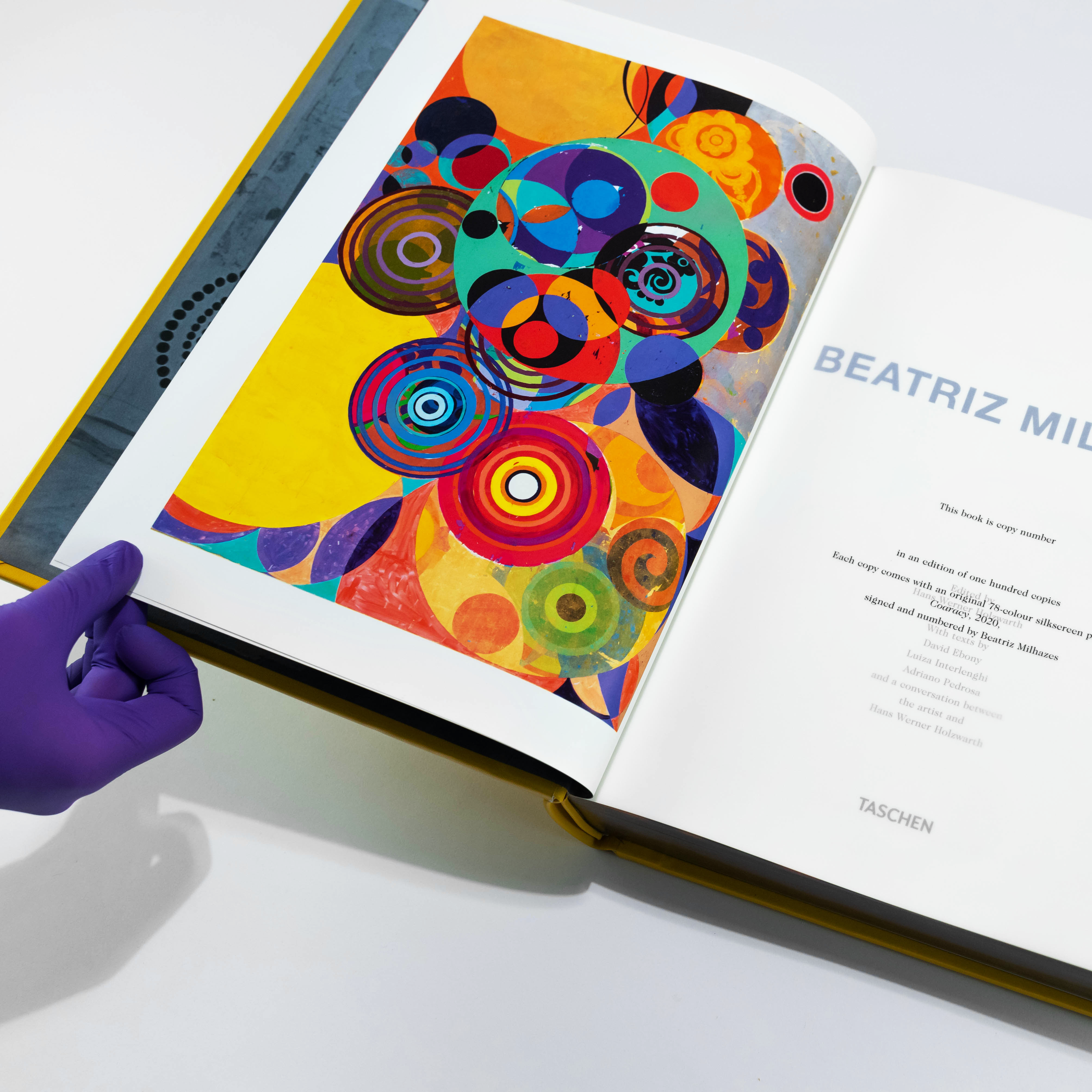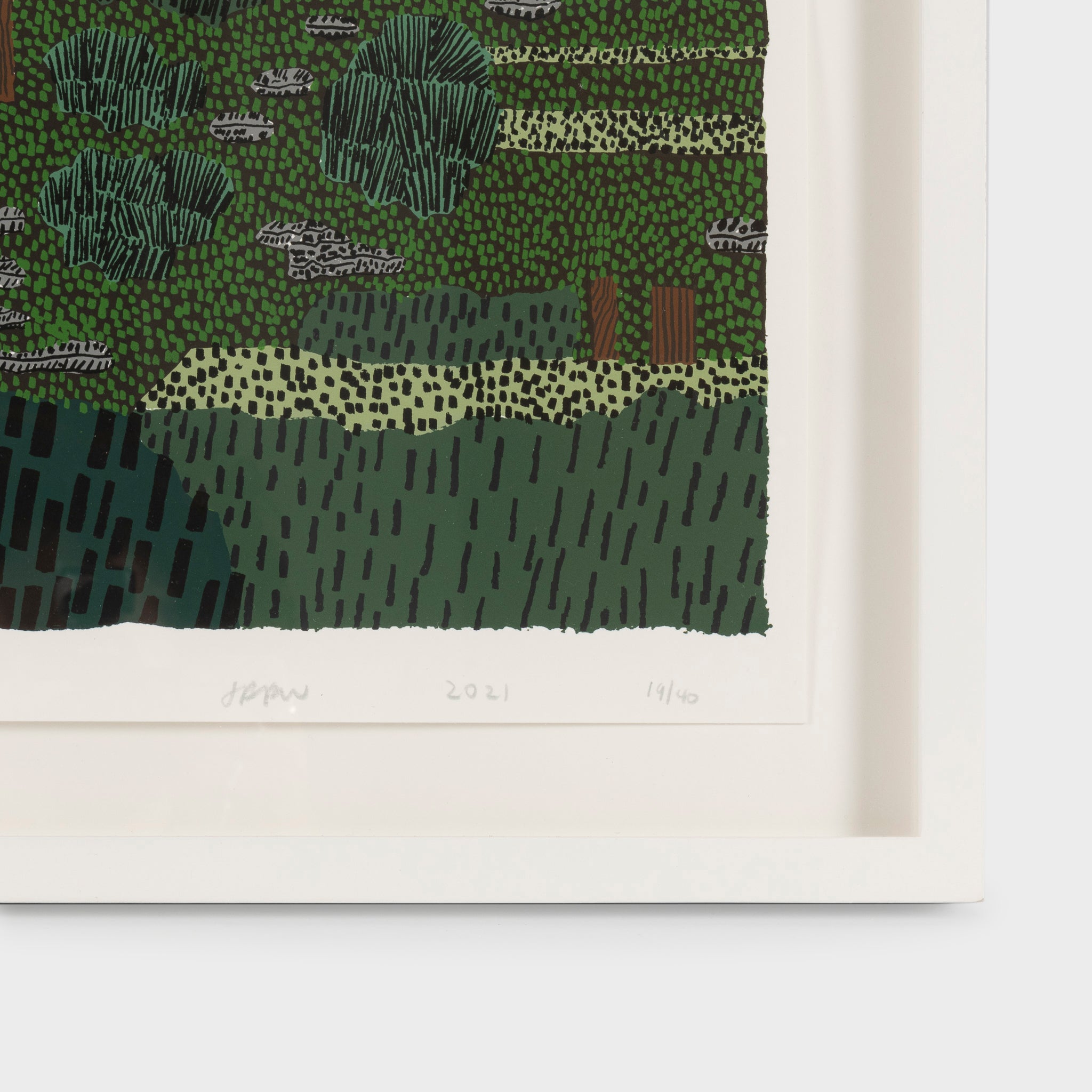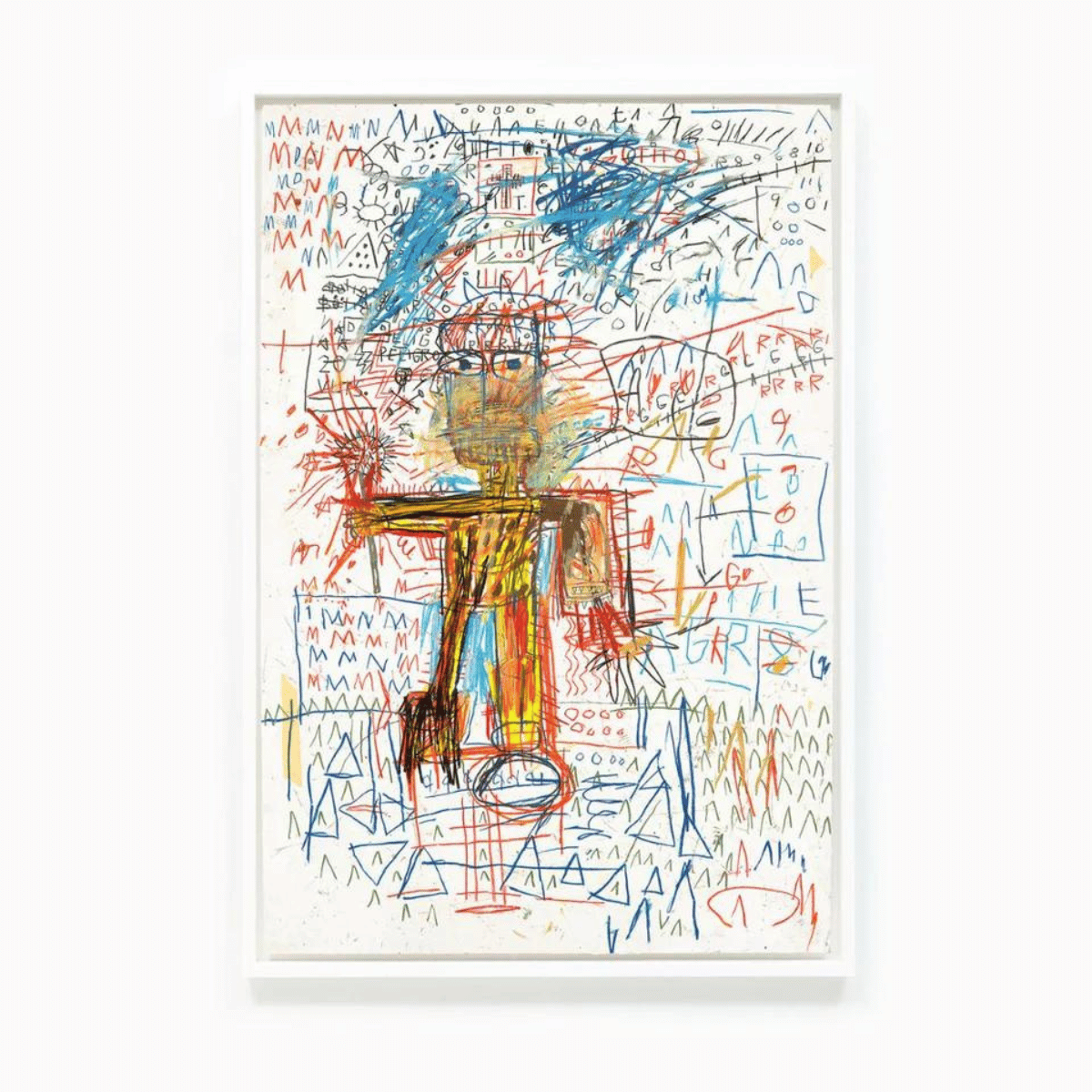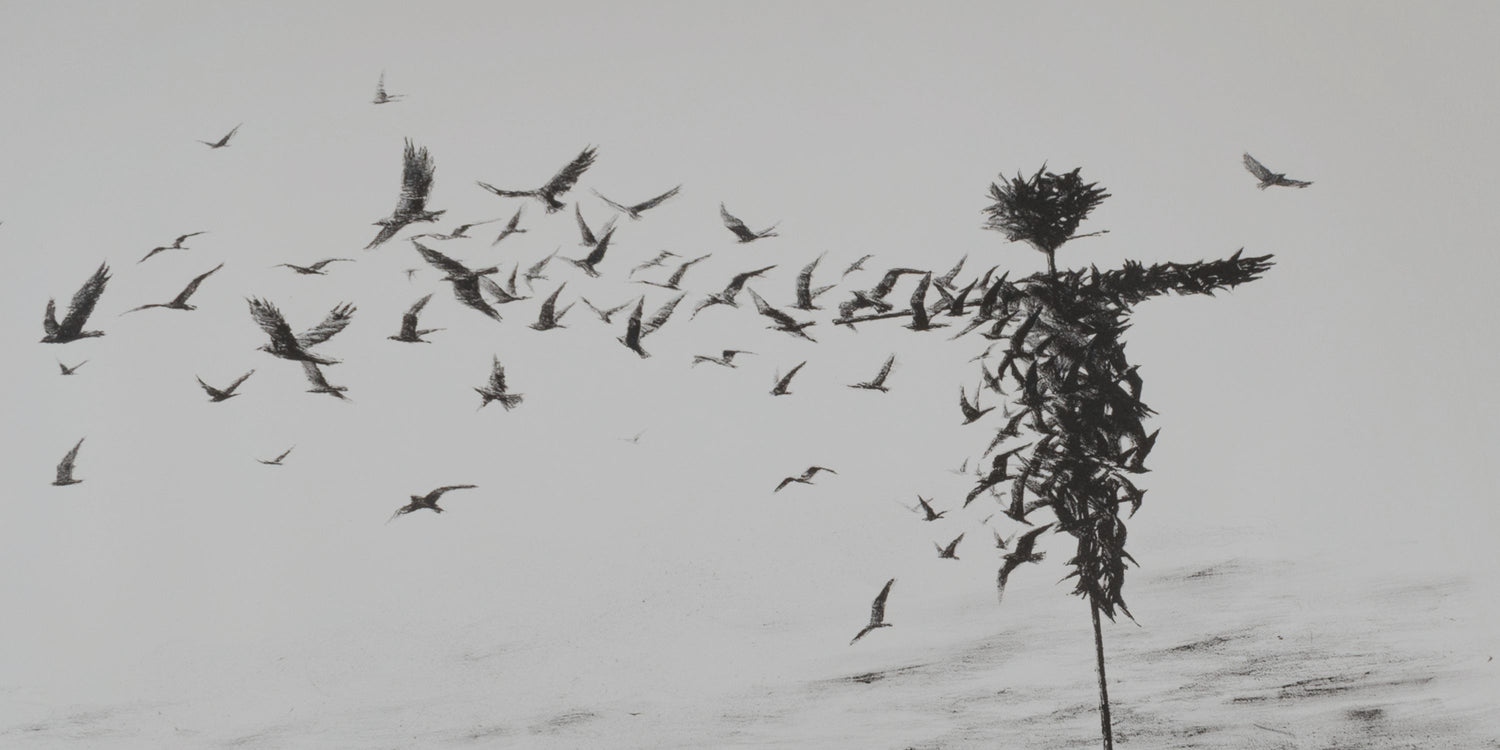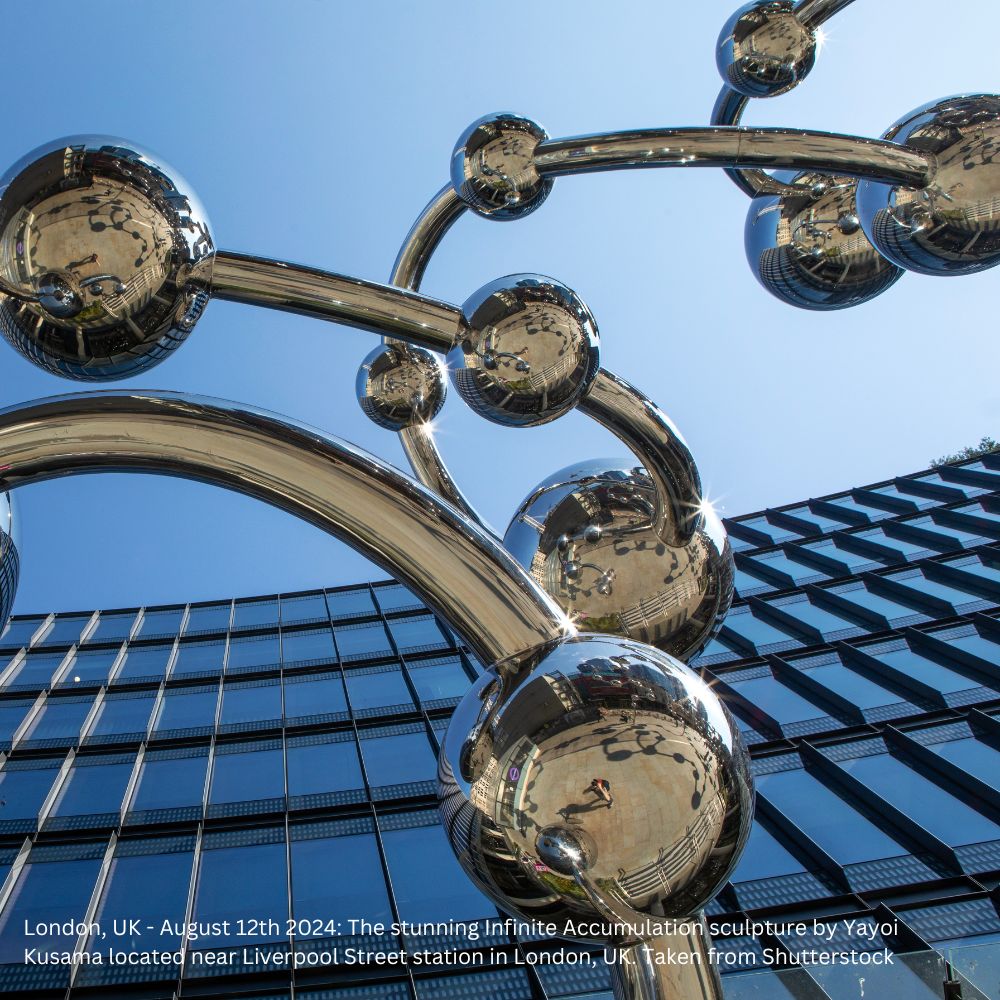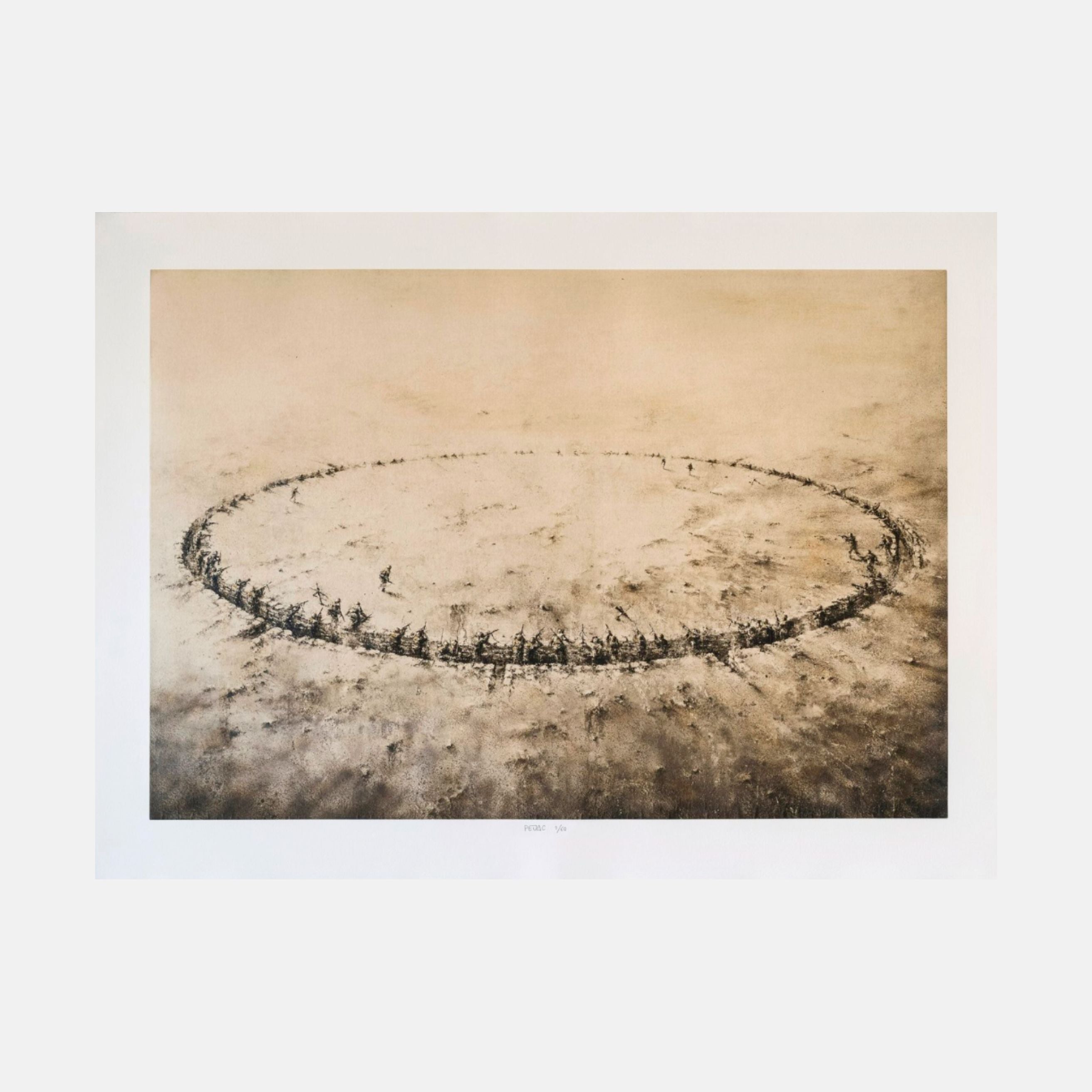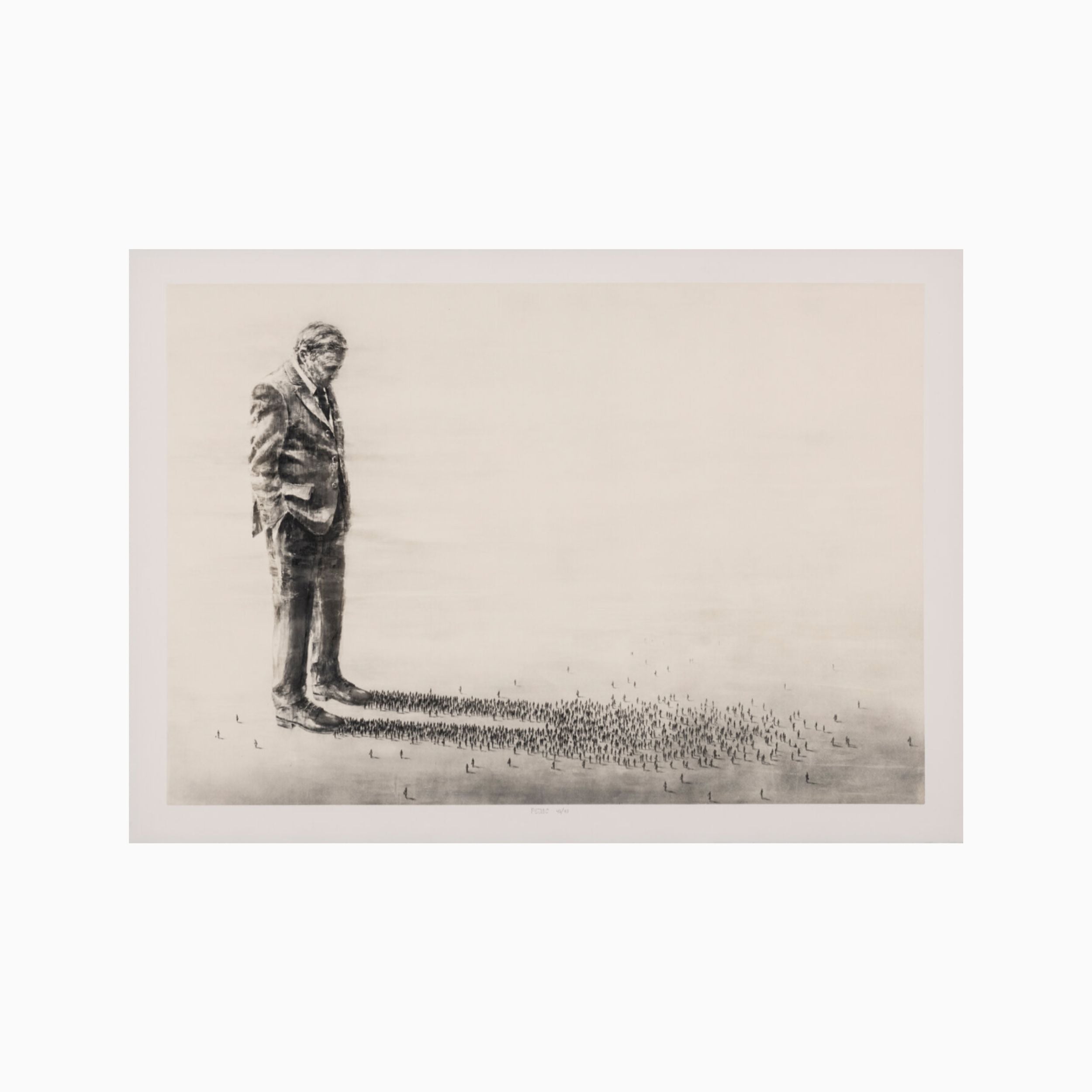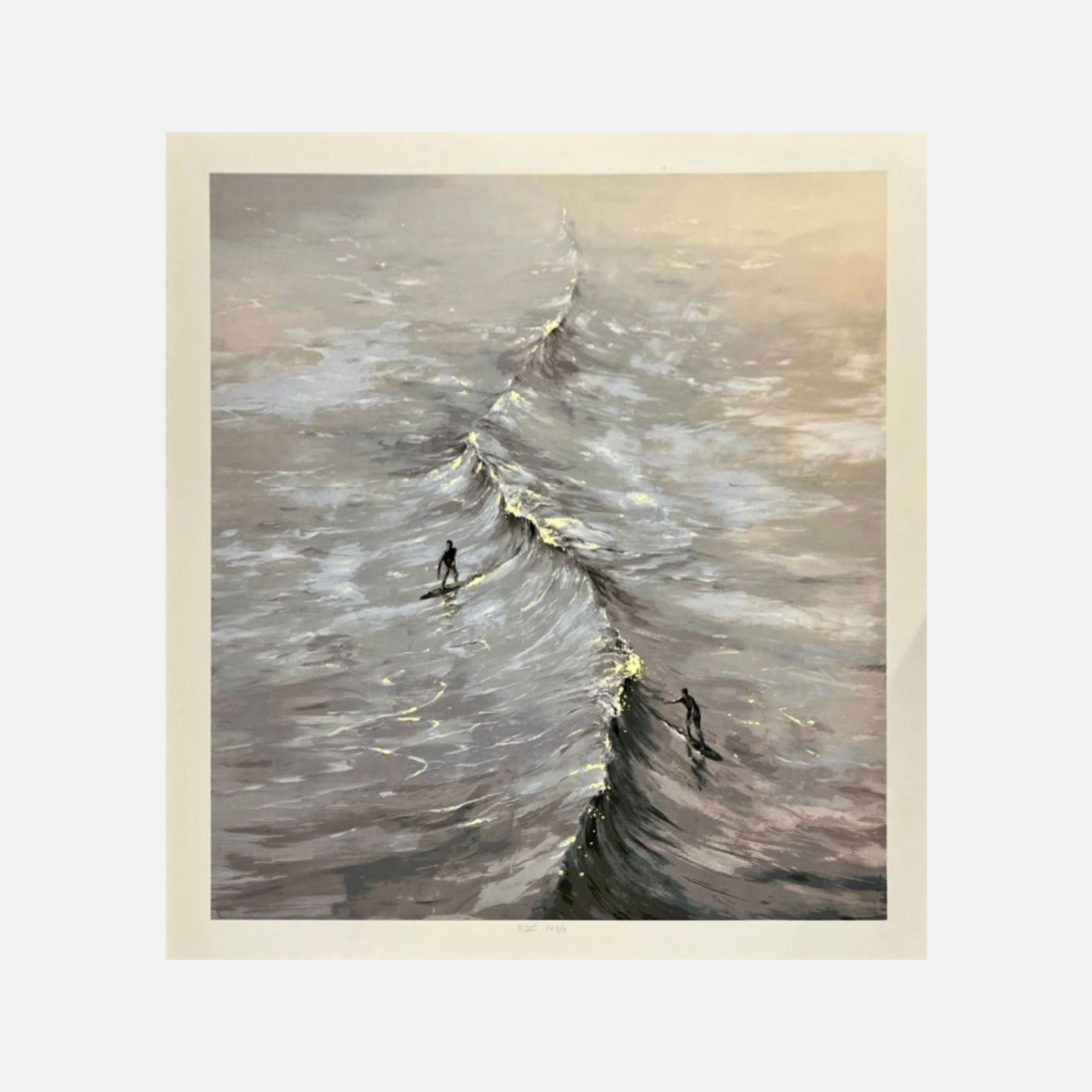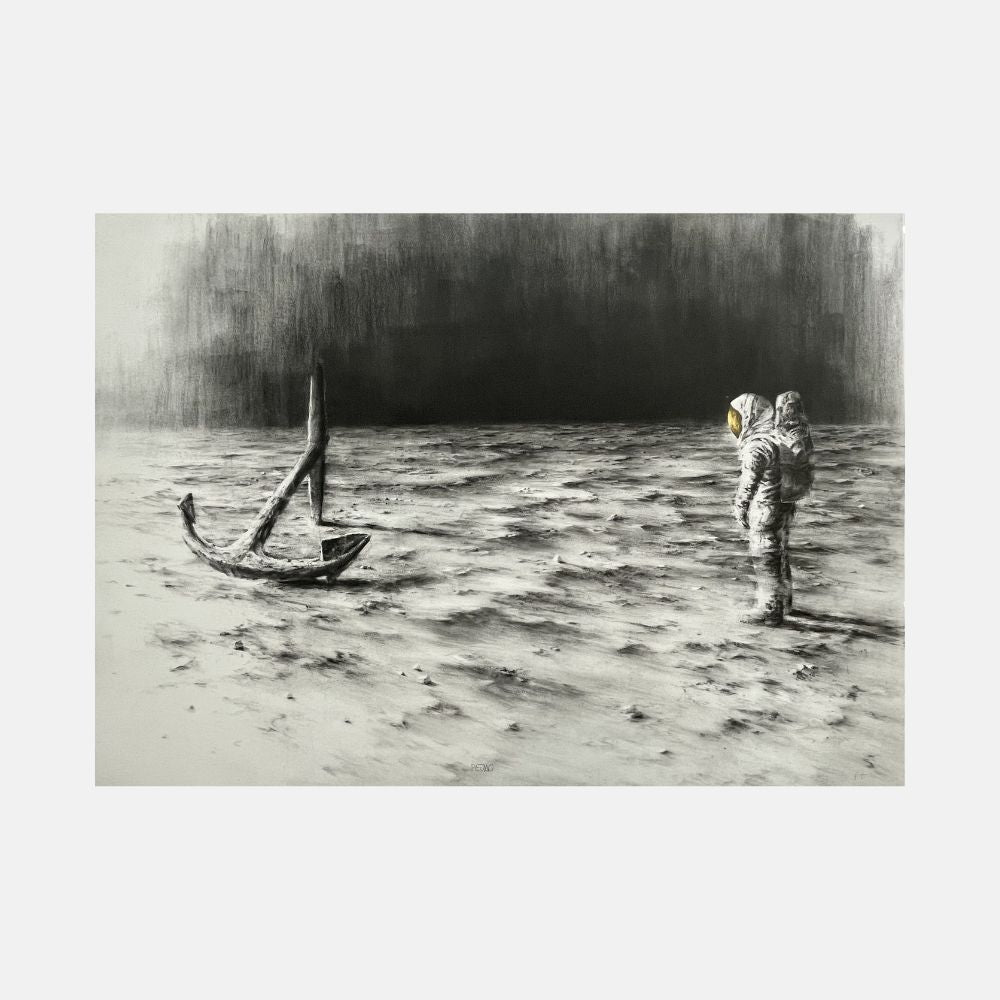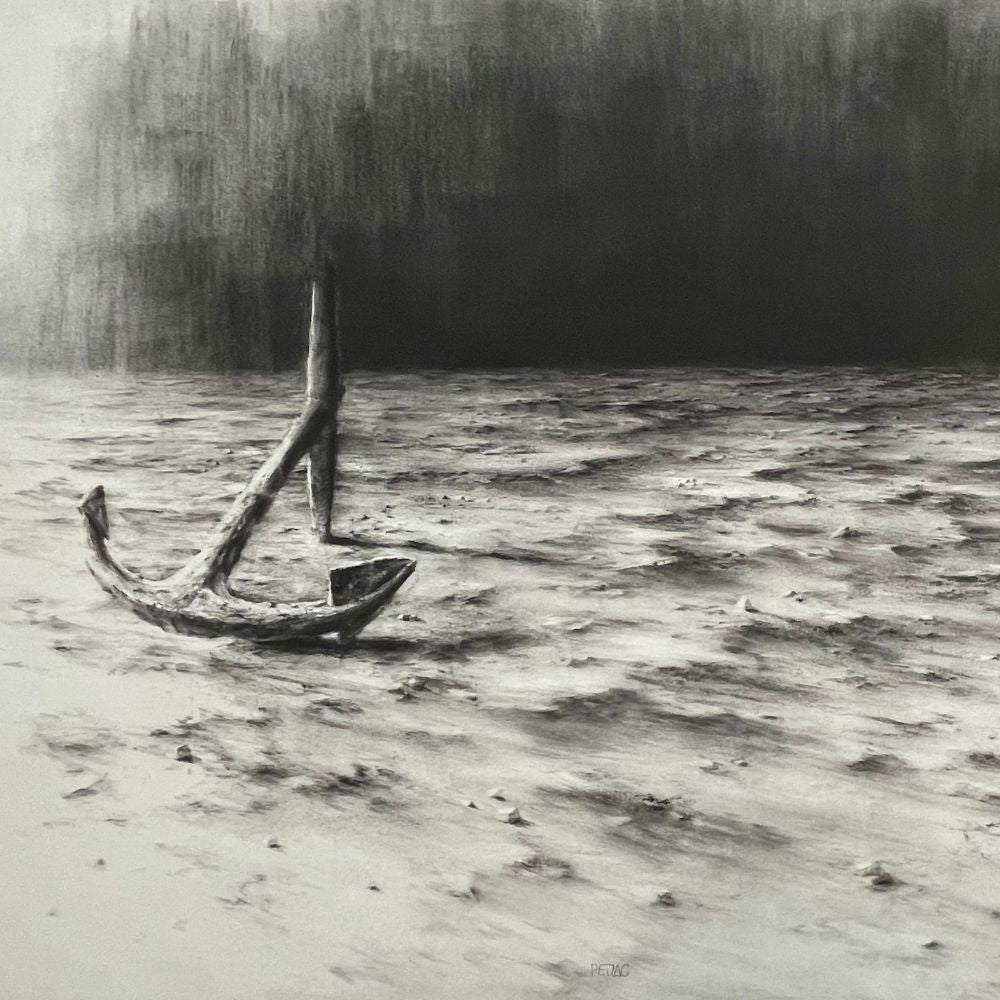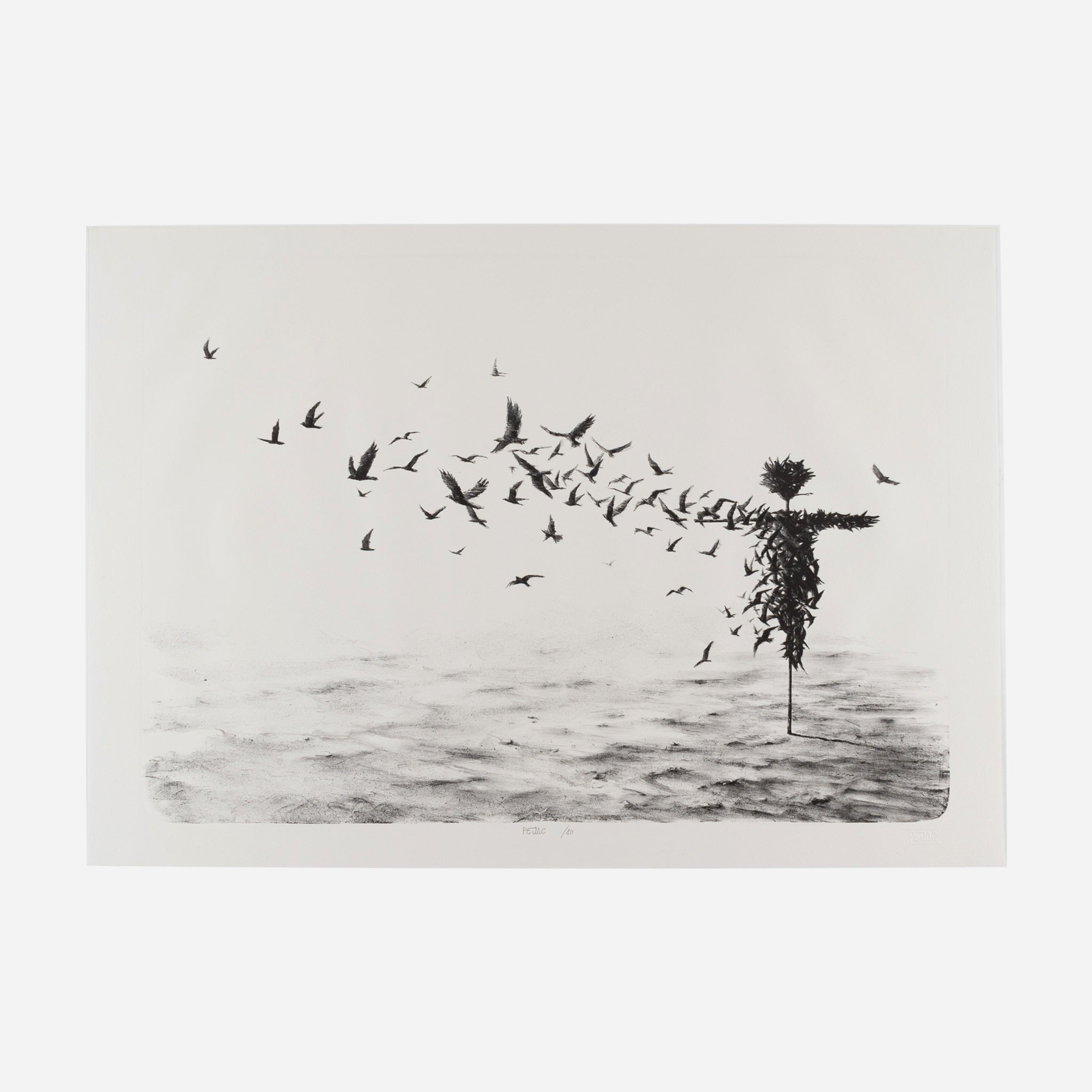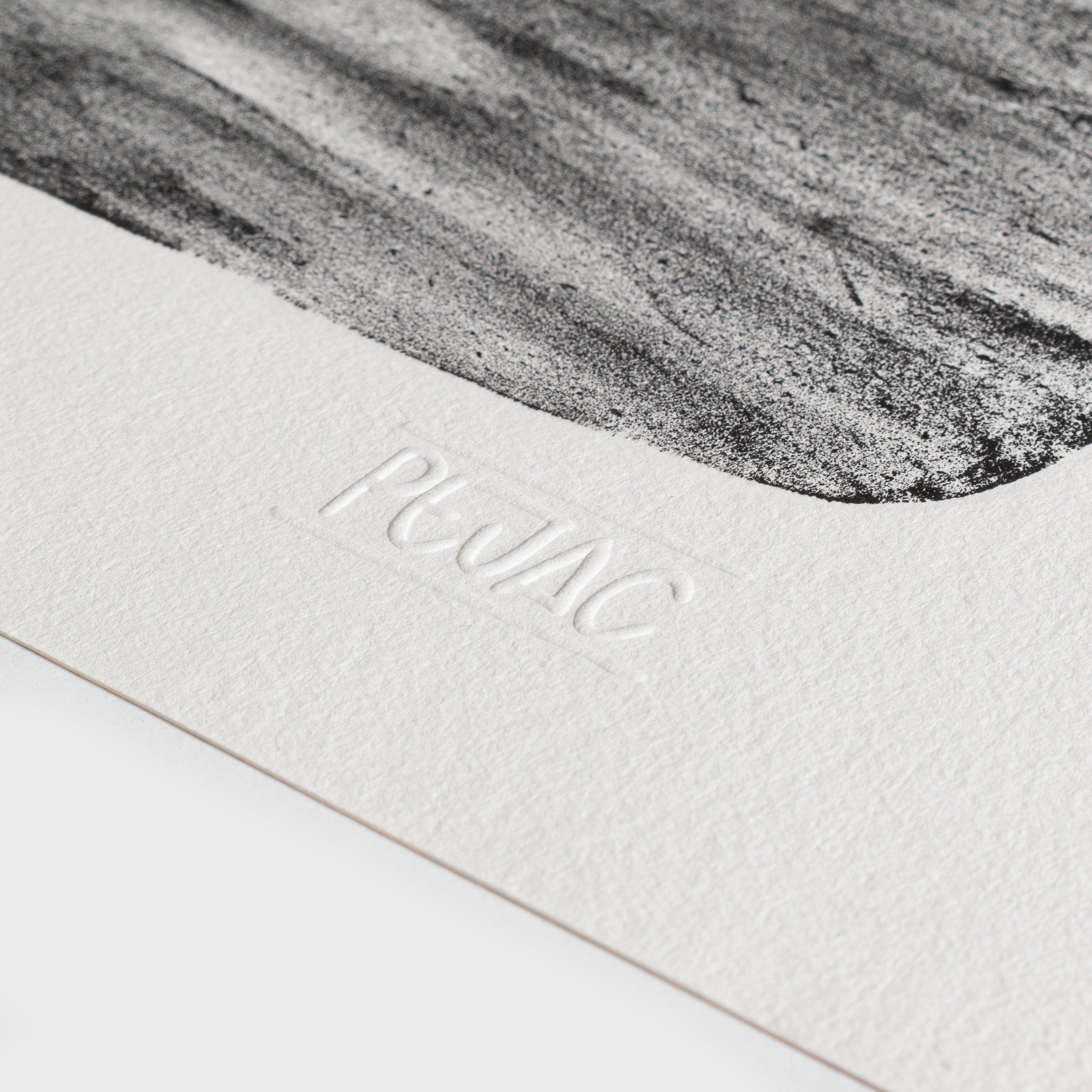Who is Pejac?
Pejac, born Silvestre Santiago in 1977 in Santander, Cantabria, Spain, is a distinguished Spanish painter and street artist. He embarked on his artistic journey studying Fine Arts first in Salamanca and Barcelona before continuing at the Accademia di Belle Arti di Milano. Pejac's art career began in Milan around 2000, driven by a desire to make art accessible beyond the confines of traditional galleries. His decision to engage in street art was influenced by his disillusionment with elitist attitudes in the art world. Today, he resides in Madrid and continues to captivate audiences worldwide with his unique approach to art.
Art Style, Famous Artworks, and Inspirations
Outdoor Works – Street Art/Graffiti, Public Installations
Pejac is renowned for his compelling outdoor works that often employ trompe-l'œil techniques to create striking visual illusions. His street art frequently incorporates minimalist silhouettes and shadows, transforming everyday urban spaces into thought-provoking pieces. For instance, his work in Jordan’s refugee camps, including the Husn refugee camp, features silhouettes scraped off old walls, highlighting the themes of displacement and resilience.
Minimalist Style and Trompe-l'œil
Pejac's minimalist style is characterised by its use of stark silhouettes and shadows to convey profound messages. His trompe-l'œil technique—creating optical illusions that make two-dimensional surfaces appear three-dimensional—adds a layer of depth and intrigue to his work. This approach is evident in his murals, such as the ones in Istanbul, where he painted illusions of freedom and constraint on urban walls.
References to Classical and Famous Artworks
Pejac's artistry often references classical masterpieces, blending traditional influences with contemporary techniques. Notable examples include his reinterpretations of works by Claude Monet, Eugène Delacroix, and Katsushika Hokusai. His most celebrated piece, a recreation of Monet’s Impression, Sunrise on the hull of a rusted ship, uses the natural ebb and flow of the tide to partially reveal and conceal the painting.
Political Meaning and Significance – Refugee Camps in Jordan and Works in Palestine
Pejac’s work often carries significant political and social commentary. His projects in the Al-Hussein refugee camp in Amman, Jordan, and in Palestine, reflect his engagement with issues of displacement and the refugee crisis. These installations, which include poignant depictions of daily life in refugee camps, aim to draw attention to the harsh realities faced by displaced individuals and the resilience of those enduring such conditions.
Silhouettes and Shadows
Silhouettes and shadows are recurring elements in Pejac’s work, used to evoke introspection and narrative depth. These elements often appear in his public art, such as his piece Vandal-ism in Paris, where a silhouetted figure interacts with classic artwork in a novel context. This approach underscores Pejac’s ability to blend simple forms with complex ideas.
Exhibitions and Famous Works
Stain
Stain (2011) is one of Pejac’s iconic pieces, depicting a map of the world draining into a sewer. This artwork, created in Santander, Spain, uses the urban environment to deliver a powerful message about environmental degradation and global issues.
Downside Up
In 2016, Pejac’s installation Downside Up was featured at Londonewcastle Project Space in London. This work, part of his first major UK solo show Law of the Weakest, involves gravity-defying sneakers hanging upside down from lamp posts. This installation serves as a metaphor for the distorted state of the world and challenges viewers to rethink their perceptions.
Vandal-ism
Vandal-ism (2014) is another notable work by Pejac, where a silhouetted figure is depicted throwing a paintball at a wall. The splat reveals a reimagined version of Édouard Manet’s Luncheon on the Grass, merging street art with art historical references to explore the intersection of vandalism and artistic expression.
Work in Refugee Camp
Pejac’s work in the Husn refugee camp in Jordan, where he created silhouettes by scraping paint off old walls, highlights his commitment to using art to address pressing social issues. These installations draw attention to the plight of refugees and the impact of displacement.
Collecting Pejac Prints and Editions
For those interested in collecting Pejac’s work, Lougher Contemporary offers a range of prints and editions. Lougher Contemporary can also assist in sourcing specific Pejac artworks, providing a valuable resource for collectors and enthusiasts seeking to acquire pieces by this influential artist.


